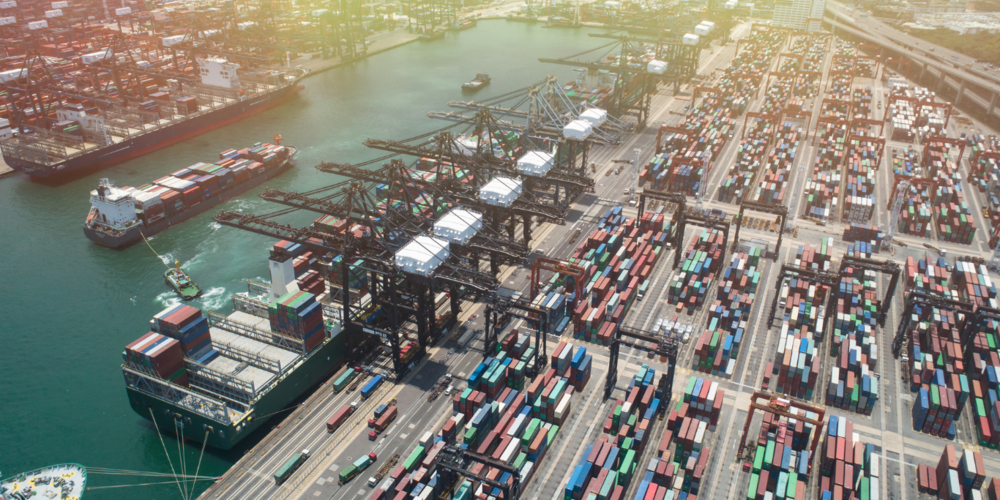Since the start of the COVID-19 pandemic, supply chain risks and supply chain management have risen to the top of everyone’s agenda. Where stable and reliable supply chains were once taken for granted, organizations are now having to be much more mindful of risks such as key material shortages, labor scarcity, volatility of demand, lack of production capacity, unpredictable freight transit times, and transportation cost increases, to name a few. Below are a few reasons why supply chains and their logistics are still in recovery mode more than two years after the pandemic began significantly impacting supply chains.
Uncorrected Shocks to the System
What we had seen prior to the COVID-19 pandemic, particularly in the container shipping system, were periodic shocks. For example, back in 2016, there was the bankruptcy of the world’s seventh-largest ocean carrier, Hanjin.[1] Other minor shocks included dock workers’ labor disputes on the U.S. West Coast.
However, in every one of those situations, the system was able to course-correct. This time since the pandemic began, we’ve seen a repeated series of shocks from the Ever Given blockage of the Suez Canal, to what we’re seeing right now with the emergence from lockdowns in Shanghai and rail backups in North America, where the system was unable to recover before the next shock hit.
Maersk CEO, Søren Skou, in their Q1 2022 earnings call in early May said, “Even as we speak today, 10% to 12% of global containership capacity is tied up in congestion, meaning ships idled outside of ports. And as capacity has come out, that obviously has exacerbated delays, and it’s driven up costs for shippers well beyond what the costs were prior to the pandemic.[2]”
This is why a return to normal flow of goods which was in place prior to the pandemic often can seem like a mirage in the desert – visible but constantly receding and out of reach. Only with a significant downward adjustment in volumes moving through the system will normal supply chain flow through the transportation system be restored.
Geopolitical Events
Another big impact area has been the Asia–Europe land bridge. Over the past several years, the Chinese Belt and Road infrastructure program has supported the creation of a robust container-on-rail system moving goods from China into Europe. According to Container Trade Statistics, that system was accounting for ~4% of Asia to Europe container volumes before the Ukraine-Russia war. These movements are down significantly because of the war.
Rising logistics costs contribute to overall product cost increases, raising the cost of goods delivered at each step of the supply chain. High shipping fees are associated with a lack of reliability – idle ships, containers and other assets are a key cause of freight rate increases – which tends to incentivize “just in case” orders. As a result, inventory builds up and puts further upward pressure on logistics prices and lead times.
Energy Transition is Global
The events of the last couple of years have only accelerated global efforts around energy transition, which is costly and still fraught with policy and practical uncertainty. It involves almost every supply chain and every country in the world. For example, things like batteries and electronics are more susceptible to supply chain disruptions as the requisite natural resources are not found everywhere, but rather in select locations. Electronics require materials from all around the world so if any part of the supply chain is disrupted, the impacts are felt everywhere.
There is no question that we’re still seeing a highly disrupted international shipping and logistics environment. For more than two years, we’ve seen a series of repeated shocks to the system and it’s not yet been able to adjust back to ‘normal’. My colleagues and I recently spoke on a supply chain webinar, which includes further analysis on supply chain disruption, trends, and outlooks.
Source: hellenicshippingnews.com

.png)